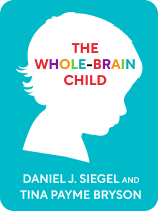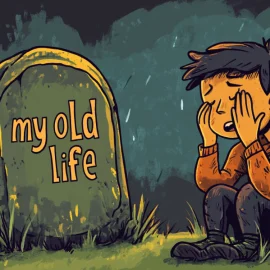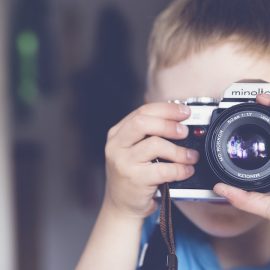

This article is an excerpt from the Shortform book guide to "The Whole-Brain Child" by Daniel J. Siegel and Tina Payne Bryson. Shortform has the world's best summaries and analyses of books you should be reading.
Like this article? Sign up for a free trial here .
What is the difference between implicit and explicit memory? What kinds of information do they store?
There are two types of memory: implicit and explicit memory. Explicit memory is the conscious, deliberate recollection of factual and autobiographical knowledge. Implicit memory is the knowledge that you draw upon without consciously realizing it.
Read about the difference between implicit and explicit memory.
Implicit and Explicit Memory
There are two types of memory: implicit and explicit memory.
- An explicit memory is one that you deliberately recall, which is typically what people are referring to when they talk about memories.
- An implicit memory is knowledge that you draw upon without even thinking about it. For example, skills such as driving a car are procedural implicit memories because you don’t have to think about what you’re doing every time you step on the gas or hit your turn signal. Implicit memories also include a process called priming, in which a child’s earliest memories form the foundation for how she’ll view the world for the rest of her life—whether her parents are attentive or indifferent, their treatment will dictate her expectations in future relationships.
(Shortform note: A third type of implicit memory is called classical conditioning, which is when an association forms between two stimuli and causes you to respond in a certain way. Physiologist Ivan Pavlov discovered classical conditioning in his famous dog-treat experiment. The integration strategies we’ll discuss will target this type of implicit memory.)
All of the individual sensations, thoughts, and emotions associated with a memory are like the pieces of a jigsaw puzzle. When you think or talk about an experience, you integrate all the pieces to form a complete picture of the memory in the context of your life story. However, if you don’t integrate the memory—because the experience was scary or painful—then the pieces float around your brain in a jumble. When you have unintegrated implicit memories, the associations among the sensations, thoughts, and emotions are still intact. This means that a present experience can trigger an emotion, but you don’t know why.
Unintegrated memories can create anxiety around everyday activities, injure your child’s self-confidence, and impede her ability to trust others. As long as your child is unaware of the source of the fear, anxiety, or anger that her unintegrated memories are triggering, then she remains a victim of them. This can cause sleep issues, phobias, and other physical, mental, and emotional problems.

———End of Preview———
Like what you just read? Read the rest of the world's best book summary and analysis of Daniel J. Siegel and Tina Payne Bryson's "The Whole-Brain Child" at Shortform .
Here's what you'll find in our full The Whole-Brain Child summary :
- How to increase your child's self-awareness and emotional control
- Why the logical and emotional sides of the brain have to work together
- How to figure out why your child is afraid of something






